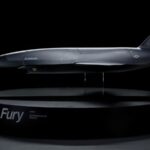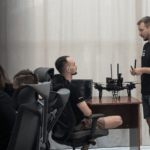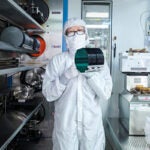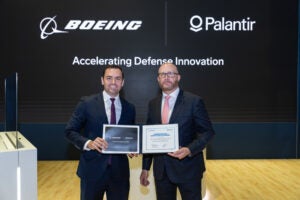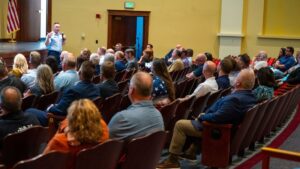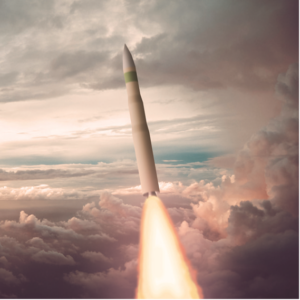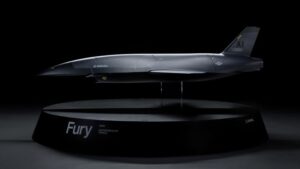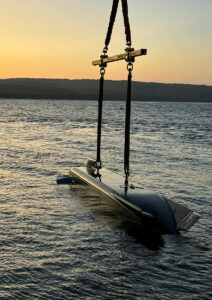
A new stealthy, autonomous submarine being developed by Anduril Industries for Australia’s navy has been designed with a software-first approach that will leverage the company’s artificial intelligence-based operating system and onboard payloads to act as a “mothership” for other autonomous systems, company officials said last week. Ghost Shark is designed to be at sea for months at a time conducting long-range missions that encompass persistent intelligence, surveillance, and reconnaissance, and strike, and will include Lattice, Anduril’s AI command and control…

 By
By 